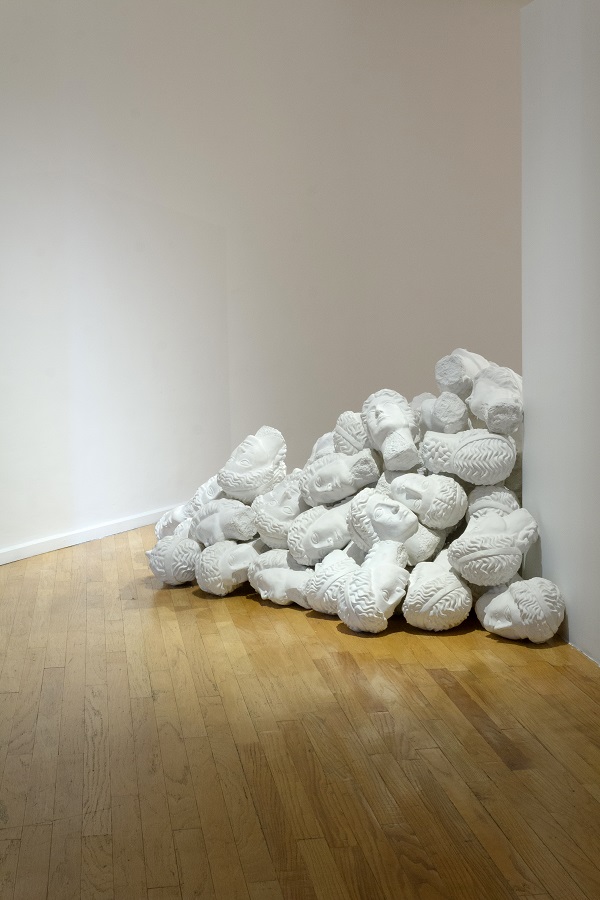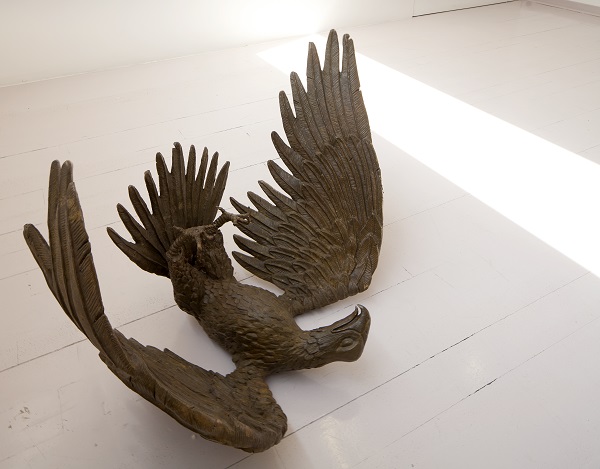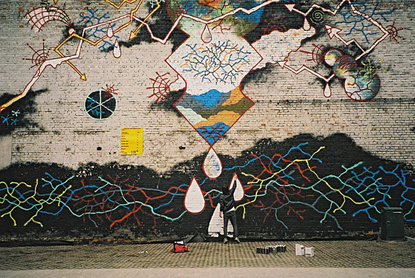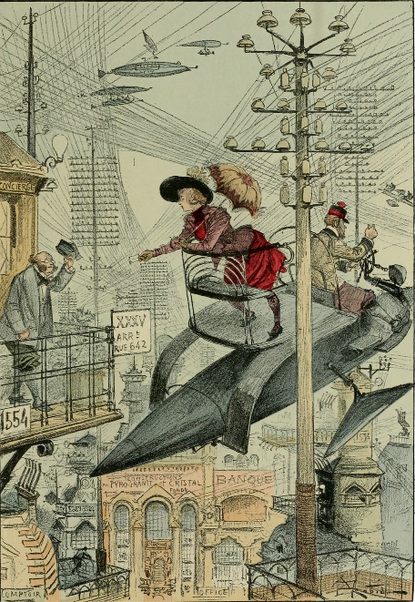Cynthia Gutiérrez: “I am always in a search while working”
Cynthia Gutiérrez, the last year’s winner of IZOLYATSIA’s Social Contract international contest for the project of a temporary public intervention at the former site of the Lenin monument in Kyiv, talked to Art Ukraine about historical memory and oblivion, the protest mission of art and about being an artist in Mexico.
This year, IZOLYATSIA opened the call for the Social Contract 2017 contest once more − as the site is still vacant. Cynthia Gutiérrez became a member of the project’s international jury and has helped to shortlist the ideas for new interventions in Kyiv − you can vote for the best project here, till April 9.
Mexico and Ukraine have something in common − in a way of becoming hostage of own traditional culture, which is more suitable for selling to the tourists. Do you feel like you have to fight for being contemporary in your art?
I don’t think it should be relevant to define my work as contemporary. It seems to be just a matter of classification. The content, context, reflections, how the work triggers discussion in the present, that is what should matter.

Cynthia Gutiérrez, Diálogo entre naciones, 2012
Photograph by Marcos García, Courtesy of Museo de Arte de Zapopan
You work with different media. Would you say this diversity is a search? Or is this an intentional choice − not to settle with anything in particular?
I am always in a search while working. Although I think the media I choose depends on the project. The idea comes first and then it is embodied.
Your installation Inhabiting Shadows has called to rethink the past, but don’t you think that people were rather driven by vanity than with that good motivation? Your intervention into the public space had a possibility for the conflict within it, like if there would not be enough space on the pedestal and people would compete for it. Have you assumed this scenario?
The idea of Inhabiting Shadows is for people to take over, for people to occupy the empty space. They decide whatever they want to do there. If they want to compete for the spot, if they want to stay there for hours, if they want to take pictures, if they want to reflect about the past and think about the future, about public space, memory, or anything else… I only built the possibility for people to transit that vacant space, and rethink it.

Cynthia Gutiérrez, Melodía de sombras, 2016
Photograph by Javier M Rodriguez, Courtesy Museo de Arte Raúl Anguiano
Topics of historical memory, rethinking and carefully preserving the past - all of that became a solid trend in contemporary arts. Why, do you think? We live faster and faster now, we hardly have any time to even look back...
Which is why the world is in crisis. We advance fast, but where to? What is it we are planning to achieve? We only think of ourselves, we never think about the others. We don’t look back, history repeats itself.
But, on the other hand, I also see another, opposing trend - oblivion. Sometimes we people need an incentive, a push to remember. What of the two mentioned above trends drives your art?
I would like to think my work is not driven by trends, but by what I experience, what is around me, what conflicts me, by confronting the world. Of course memory plays an important role in the understanding of what we are living now and so is oblivion. We move from were we stand, and where we stand sometimes isn’t very clear.

Cynthia Gutiérrez, Horizonte roto, 2014
Photograph by ©LakeVerea, Courtesy of Proyecto Paralelo, MX

Cynthia Gutierrez, El fracaso de la libertad, 2014
Photograph by ©LakeVerea, Courtesy of Proyecto Paralelo, MX
What drives you as an artist: an inspiration or a social consciousness?
A conflict, a confrontation, a discussion, and yes, also social consciousness.
What does it mean to be an artist in Mexico? What challenges do Mexican artists face? How comfortable are You to work in Europe?
I think, in a way, being an artist in Mexico or anywhere else is the same thing. What I mean is that one has to work in a particular moment, a particular space. Each place has its own history, its very complex and intricate social relations, its limitations and conflicts. One has to decide what is relevant and start a search.

Cynthia Gutierrez, Partial Death, 2012
Photograph by Carlos Diaz Corona
Why, do you think, the visual art in 21th century has appropriated a function of a protest, a function of struggle for civil rights and freedoms? Is this a pattern, a fraction of ever-repeating historical spiral, or a necessity, caused by lacking of communication channels between people?
I think the role of art has always been to question structures. It has just taken different forms at different times. We are living difficult times and, as you say, a lack of communication channels between people, so, of course this is an issue approached by artists.
Cynthia Gutiérrez
Photograph by Valeriy Miloserdov, Courtesy Izolyatsia Platform for Cultural Initiatives
Have the traditions of Mexican monumentalism stand in your way of developing as an artist? In what way, in your opinion, traditional and contemporary art should relate to each other?
There are many ways, so why would traditions of Mexican monumentalism stand in mine? For me, it is important to be able to move in different directions and not to stay fixed in one point. Traditional and contemporary art could definitely relate or not.









